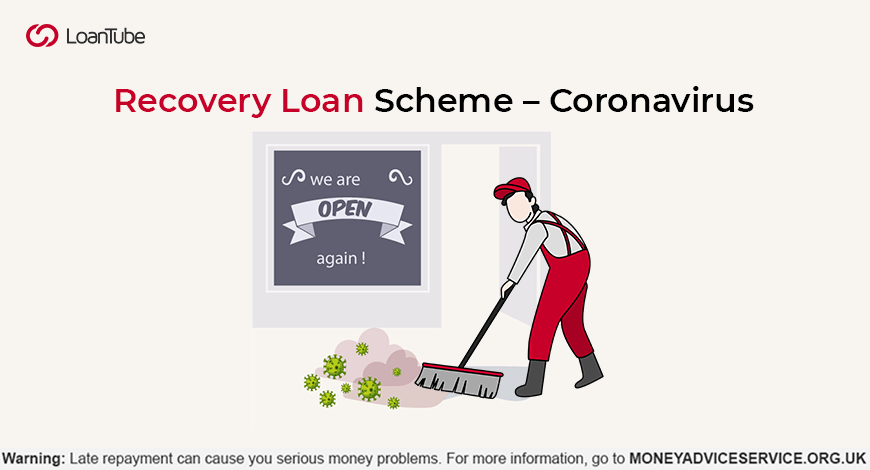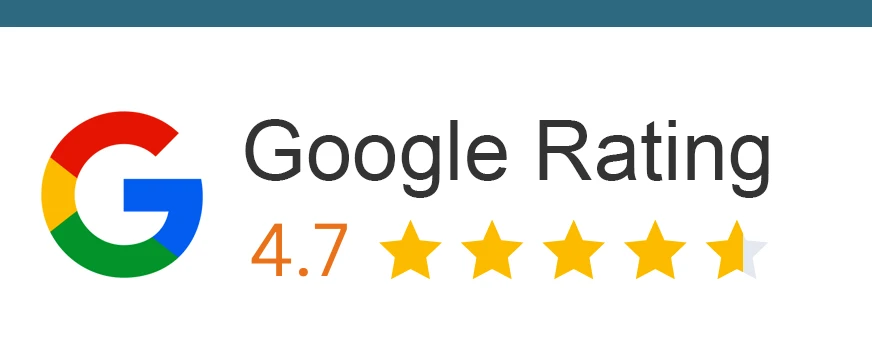The devastating aftermath of the Coronavirus pandemic has left global economies moving heaven and earth to restore economic stability. As companies are laying off employees or putting them on furloughs, many struggle to manage basic daily expenses.
But it’s not just the employed population that has faced the wrath of the virus. Numerous big and small businesses have had to shut down – drastically low consumer demand due to strict lockdown restrictions.
Most small, medium businesses and startups were financially fragile during the onset of the pandemic – many of them could only manage to keep their venture running for 3-4 weeks without new earnings.
The UK government rolled out several schemes, including Bounce Back Loans and the Coronavirus Business Interruption Loan Scheme (CBILS), to mitigate people’s financial hardships. However, the deadline for their application has long passed – March 31’ 2021.
Seeing the plight of the nation’s business-owners, Chancellor Rishi Sunak recently announced an extension to these schemes, known as the ‘Recovery Loan Scheme’. This scheme is designed to help businesses bounce back from the disruption caused by COVID-19.
But how does the Recovery Loan Scheme work? How to check the eligibility checklist? How to make repayments for this loan? And many other similar questions answered for you. Read on to learn more.
What is the recovery loan scheme all about?
The Recovery Loan Scheme is a financial aid sponsored by the UK Government, designed to alleviate the financial distress of business-owners in the UK. The idea of this scheme is to enable businesses to recover from the disruption caused by COVID-19.
The scheme is carefully designed, factoring in the affordability and needs of business owners. Business-owners will be able to borrow affordable loans to support business purposes – regulating cash flow, purchasing fixed assets, or other investments in the pursuit of growth.
Under this scheme, businesses of any size, industry, or sector can apply for a loan of up to £10 million from authorised lenders in the UK. The government guarantees 80% of a Recovery Loan, which means that if a lender cannot collect money from a borrower, the government will reimburse 80% of the loan amount to the lender.
How does the recovery loan scheme work?
The Recovery Loan Scheme will allow business owners to get funding from lenders accredited by the British Business Bank. More and more lenders are expected to join the initiative. The bank will regularly update its website as it onboards new lenders.
The scheme provides a government-aided guarantee for 80% of the loan’s repayments, although the borrower is liable for the debt.
If the loan amount is less than or equal to £250,000, the lender will not ask for a personal guarantee from you as a borrower.
If the loan amount is greater than £250,000, the lender may or may not choose to ask for a personal guarantee; it’s at their discretion.
It would be worth noting that:
- If the loan amount exceeds £250,000, the RLS can only cover 20% of the outstanding balance after the funds from the business assets have been exhausted.
- You cannot use your Principal Private Residence as a personal guarantee for the RLS.
Here are the types of finances that you can avail of with the RLS, wherein the lender can lend up to £10 Million:
- Term loans: Typically a personal loan which you can borrow from a bank or a lender over fixed monthly instalments for a fixed repayment period. The interest rates for these loans may be fixed or floating, depending on your choice of lender.
- Overdrafts: Authorised overdrafts allow you to continue withdrawing money from your bank until a sanctioned limit. The interest rate and the sanctioned limit can vary from one bank to another.
- Invoice financing: Invoice financing allows business owners to borrow loans against the amount due from their customer’s end. Businesses usually provide their customers will an invoice containing a due date to clear the balance, which could tie up the business’ funds, which is why lenders opt for invoice financing to cope with immediate financial needs.
- Asset financing: Asset financing is a strategy for businesses to cope with a short-term cash crunch or require working capital. Herein, companies borrow loans against their balance sheet assets (investments, inventory, and accounts receivable).
Am I eligible for the recovery loan scheme?
You’re eligible to borrow a Recovery Loan if:
- Your business currently trades in the UK
- Your business is operational and would have been viable if it weren’t for the pandemic.
- The pandemic has gravely impacted your business.
You may not be eligible if:
- Your business is amidst insolvency proceedings.
- Your business is a banking institution or insurance provider (However, insurance brokers are eligible).
- Your business is a public-sector firm.
- Your business is a state-funded or primary school.
Can I still apply for the recovery loan if I’ve received government aid before?
Yes, business owners who’ve availed of any former government-aided schemes such as the CBILS, CLBILS, and BBLS can apply for the Recovery Loan Scheme provided they meet the eligibility checklist for these loans.
Are personal guarantees taken under the RLS?
As per the scheme, a lender cannot ask for a personal guarantee for loan amounts up to £250,000. However, for amounts over £250,000, it at the lender’s discretion to take a personal guarantee, meaning you and other executives will be accountable for the loan’s repayments, should the business fail.
However, you cannot use Principal Private Residence (your only home) to guarantee the RLS. As for loans that exceed £250,000, the maximum that the government can reimburse is capped at 20% of the loan amount after the proceeds from the business’ assets get used up. So, it is fair to say that personal guarantees depend on the kind of loan you’re opting for.
How do I repay the loan, and at what interest?
Unlike Bounce Back Loans, where you don’t have to make repayments for the first 12 months, the repayment cycle for your Recovery Loan might start straight off. The length of your repayment period depends on the type of finance you opt for.
For instance, you might get up to 6 years to settle your balance with term loans and asset financing. Conversely, overdrafts and invoice financing options may only leave you with two years to pay off the entire loan.
As for the interest rates, the lenders cannot charge you more than 14.99%, as per the RLS guidelines.
What documents do I need to apply for the Recovery Loan Scheme?
It’s crucial for lenders to gauge your repayment ability, which is why they’ll require concrete proof. Here are the documents that could help you solve the purpose:
- Business plan
- Management accounts with clear records of profits, losses, cash flow and predictive estimates, etc.
- Account for the former year.
- Account of all assets owned by your business.
- Detailed account of ongoing business loans or bank overdrafts.
- Information about any personal loan, mortgage, overdraft, or credit card debts.
Key Takeaways
- The Recovery Loan Scheme takes over from the BBLS and CBILS, which were discontinued on March 31’ 2020.
- The Recovery Loan Scheme started on April 6’ 2021 and is likely to continue until December 31’ 2021.
- Unlike the former schemes, where the government paid any fee that the lender incurs while arranging the loan, you will have to cover those costs upfront.
- You’ll have to start paying the interest at the onset of the repayment period, unlike BBLS, where the government covered interest payments for the first 12 months.
- Your repayment period will begin straight away, unlike BBLS, wherein borrowers didn’t have to pay anything during the first 12 months.
Conclusion
The Recovery Loan Scheme is a great initiative to help businesses shaken by the Coronavirus Pandemic. However, ensure that you thoroughly comprehend the terms of the loan before making a hasty decision.
If accredited lenders can offer you a commercial loan with better terms than the RLS, they should do so. Weigh the pros and cons and study the features of the scheme beforehand.


